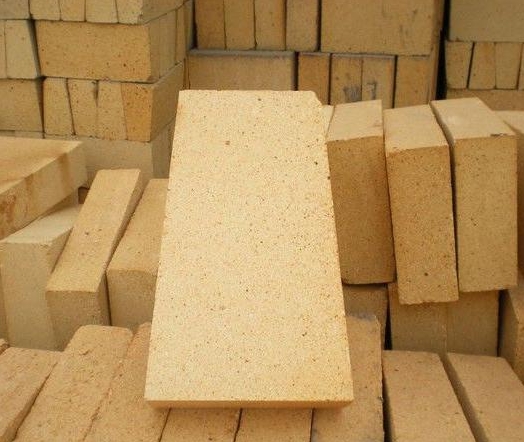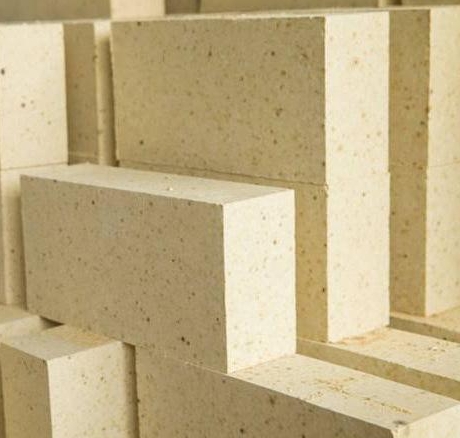- 22
- Nov
There is a big difference between clay bricks and high alumina bricks, but where is the difference?
There is a big difference between clay bricks and nnukwu brik alumina, but where is the difference?
Clay bricks have an aluminum content of 35%-45%. It is made of hard clay clinker, mixed with particle size requirements, formed and dried, and fired at a temperature of 1300-1400°C. The firing process of clay bricks is mainly the process of continuous dehydration and decomposition of kaolin to form mullite crystals. Clay bricks are weakly acidic refractory products, which can resist the erosion of acid slag and acid gas. Clay bricks have good thermal properties and are resistant to rapid cold and rapid heat.

Clay brik
In the temperature range of 0-1000℃, the volume of clay bricks will expand evenly with the increase of temperature. The linear expansion curve is approximate to a straight line, and the linear expansion rate is 0.6%-0.7%. When the temperature reaches 1200℃, When the temperature continues to rise, its volume will begin to shrink from the maximum expansion. After the temperature of the clay brick exceeds 1200℃, the low melting point in the clay brick gradually melts, and the particles are tightly pressed against each other due to the surface tension, resulting in volume shrinkage.
High-alumina refractory bricks are refractory products with aluminum content greater than 48%. The refractoriness and load softening temperature of high-alumina bricks are higher than that of clay bricks, and their slag corrosion resistance is better, but their thermal stability is not as good as that of clay bricks. High alumina bricks have high density, low porosity and wear resistance. For some furnace heads and furnace bottoms, it is better to use high-alumina bricks for masonry; however, if it is a specific clay brick for carbon furnaces, it is not appropriate to use high-alumina bricks, because high-alumina bricks are prone to curling at high temperatures. Cocked angle.

Brik alumina dị elu
High alumina bricks are mainly used for the lining of blast furnaces, hot blast stoves, electric furnace roofs, blast furnaces, reverberatory furnaces, and rotary kilns. In addition, nnukwu brik alumina are widely used as open hearth regenerative checker bricks, plugs for pouring systems, nozzle bricks, etc. However, the price of high alumina bricks is higher than that of clay bricks, so clay bricks should be used where clay refractory bricks can meet the requirements.
